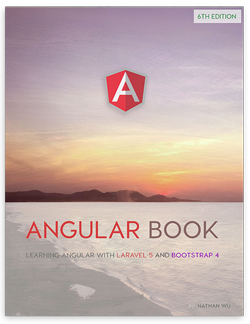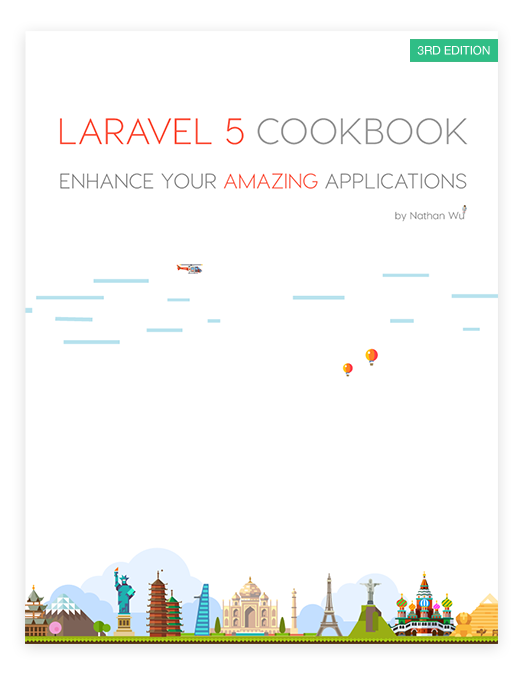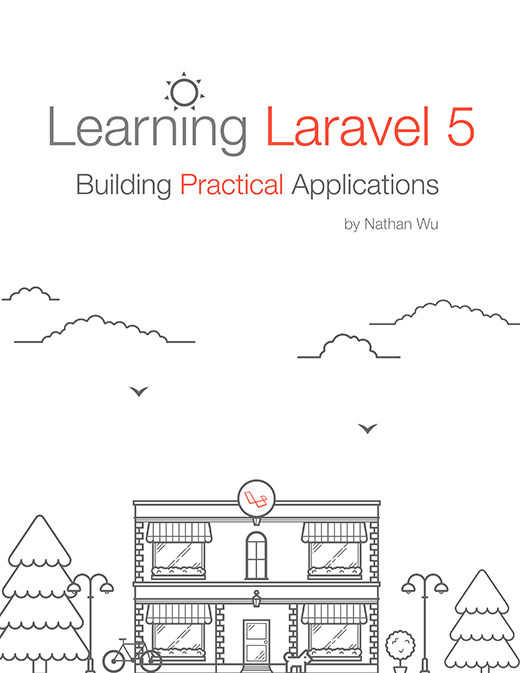"So there is this thing called Laravel. You may have heard of it already, but you're not sure what it is actually about? Or you do, but want to know more about it and its great new features in version 5? Great, this post is especially for y
This topic is quite interesting. Because you must not skip configuring you application when you develop with Laravel.
Before I wrote this tutorial, I do research on this topic. I just found a little tutorial and the tutorials are not easy to under
Hello Guys, Today i will teach you on how to setup multiple environment in using Laravel 5 Framework.
If you just heard Laravel 5 for the first time, take a look on their website you will see the advantage of using it and be A Web Artisans.
This is a repo for a starter application for a Single Page Application featuring the modern Laravel PHP framework and Google’s acclaimed front-end framework AngularJS. Just download and install and you have a good foundation for building any ap
PayPal has release an official SDK to simplify our work. Here I want to show you how to integrate into Laravel. (Version 4 and 5)
Not long ago, I wrote a post about Adding Roles to Laravel Users. I like my custom solution, but I figured there had to be a better solution out there. Honestly, I should have done some looking for information before I built it. Anyways, I stumbled u
Laravel developers have always had a nice validation class out of the box, but unfortunately we have never had a standard way of using it. Some people prefer doing validation in controllers, others do it in models and I, as many others, preferred to
Since today it's easier and faster to install Laravel than ever before. By using this method you can start almost instantly with any new Laravel project with a freshly downloaded copy of the latest Laravel version. It's called the Laravel I
So far we’ve learned how to install and set up Laravel, set up some project and task nested resources and display them to the user. Create, edit and delete functionality has also been implemented. In this chapter we’ll finish things off b
So far we’ve learned how to install and set up Laravel, set up some project and task resources and displayed them to the user. In this chapter we’ll learn how to set up create, edit and delete pages/actions.











